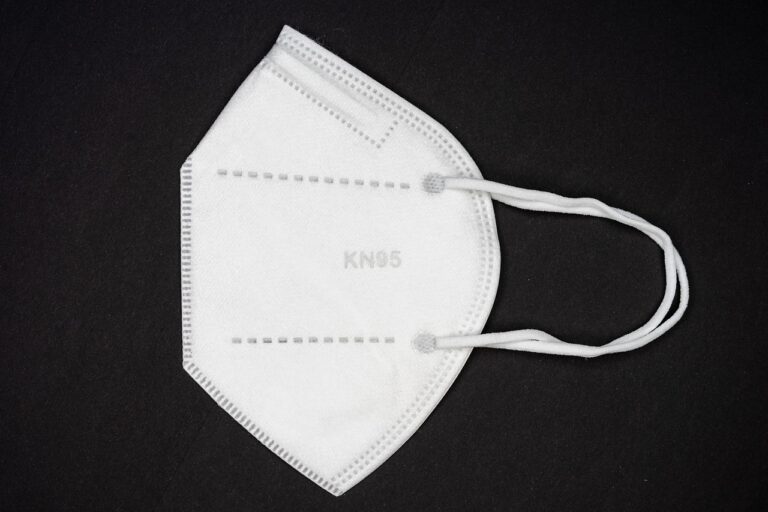The Role of Technology in Health Progress Monitoring and Support
In earlier times, health monitoring was a rudimentary process, mainly relying on physical examinations and basic observations. Patients’ health statuses were often assessed solely based on visible symptoms, and treatment plans were formulated through trial and error. As medical knowledge advanced, the need for more precise and efficient ways to monitor health became evident.
The introduction of advanced technologies revolutionized the landscape of health monitoring. Innovations such as electronic health records, wearable devices, and telemedicine have greatly enhanced the accuracy, convenience, and timeliness of health monitoring. These technological advancements have empowered individuals to take a more proactive role in managing their health and have enabled healthcare professionals to deliver more personalized and effective care.
• Electronic health records have streamlined the process of storing and accessing patients’ medical information.
• Wearable devices, such as fitness trackers and smartwatches, allow individuals to track their daily activities, monitor vital signs, and receive real-time feedback on their health status.
• Telemedicine has made it possible for patients to consult with healthcare providers remotely, saving time and increasing access to care.
• The use of artificial intelligence in health monitoring systems can analyze vast amounts of data quickly and accurately, helping healthcare professionals make informed decisions about patient care.
Benefits of Technology in Health Progress Monitoring
Adopting technology in health progress monitoring has revolutionized the way healthcare providers track and manage their patients’ well-being. With the use of advanced tools and devices, real-time data collection and analysis are made possible, enabling healthcare professionals to make quicker and more accurate decisions regarding treatment plans. This has led to improved patient outcomes and overall better health management.
Moreover, the integration of technology in health progress monitoring allows for increased patient engagement and empowerment. With the help of wearable devices and mobile apps, individuals can actively participate in tracking their own health metrics and monitoring progress towards their health goals. This not only encourages a sense of ownership over one’s well-being but also promotes regular monitoring and early detection of any potential health issues.
Types of Technology Used in Health Monitoring
Advancements in health monitoring have been greatly propelled by the integration of various technologies. Wearable devices such as smartwatches and fitness trackers are now equipped with features that can track heart rate, sleep patterns, and physical activity levels. These devices continuously monitor vital signs, providing real-time data that can be accessed through accompanying mobile applications.
In addition to wearables, telemedicine solutions have revolutionized remote health monitoring. Telehealth platforms enable healthcare providers to monitor patients’ health status and remotely deliver care through video consultations. This technology has proven essential in expanding access to healthcare services, especially in rural or underserved areas.
What are some examples of technology used in health monitoring?
Some examples of technology used in health monitoring include wearable devices like fitness trackers and smartwatches, remote patient monitoring systems, mobile health apps, and telemedicine platforms.
How has technology evolved in health monitoring?
Technology in health monitoring has evolved from basic wearable devices that could track steps and heart rate to more advanced devices that can monitor blood pressure, glucose levels, and even detect irregular heart rhythms.
What are the benefits of using technology in health progress monitoring?
The benefits of using technology in health progress monitoring include increased convenience for patients, real-time tracking of health metrics, improved communication between patients and healthcare providers, and the ability to detect health issues early on.
How can technology in health monitoring improve patient outcomes?
Technology in health monitoring can improve patient outcomes by providing patients with the tools they need to track their health progress, allowing for more personalized and proactive healthcare interventions, and enabling healthcare providers to monitor patients remotely and intervene when necessary.







